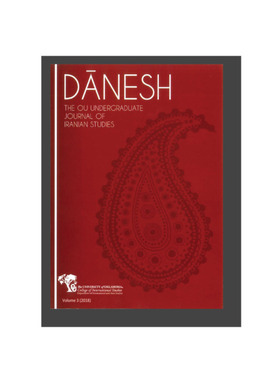| dc.description.abstract | In the Islamic Republic of Iran, the world's only existing theocracy, the relationship between the state and society cannot exist mutually exclusive of one another, considering that the regime's legitimacy is contingent upon the religiosity of its citizens in order to maintain its national identity. Accordingly, defiance of Iran's conservative norms at the individual level is a threat to the state and must be systematically addressed in order to ensure stability; however, addressing issues of defiance in Iran is defined by a give and take relationship between the government and the people. This relationship manifests in all aspects of the Iranian experience and is most evident in the highly polarized discourse surrounding what constitutes Islamically appropriate dress for women. Upon the Islamic Revolution in 1979 under the supreme rule of Ayatollah Khomeini, Iran implemented new legislation to make veiling mandatory in public for all women in Iran, legitimized by clerics' interpretations of Sharia Law, despite women's initial widespread protests against the hardline conservative rulings thrust upon them. Due to the intrinsically linked nature of the Iranian state and its society, points of contention, such as that of the hijab and its relationship to religious authenticity, are exacerbated. Investigating the evolution of women's fashion trends in relation to the political context is indicative of the convoluted connection between the two. | |
